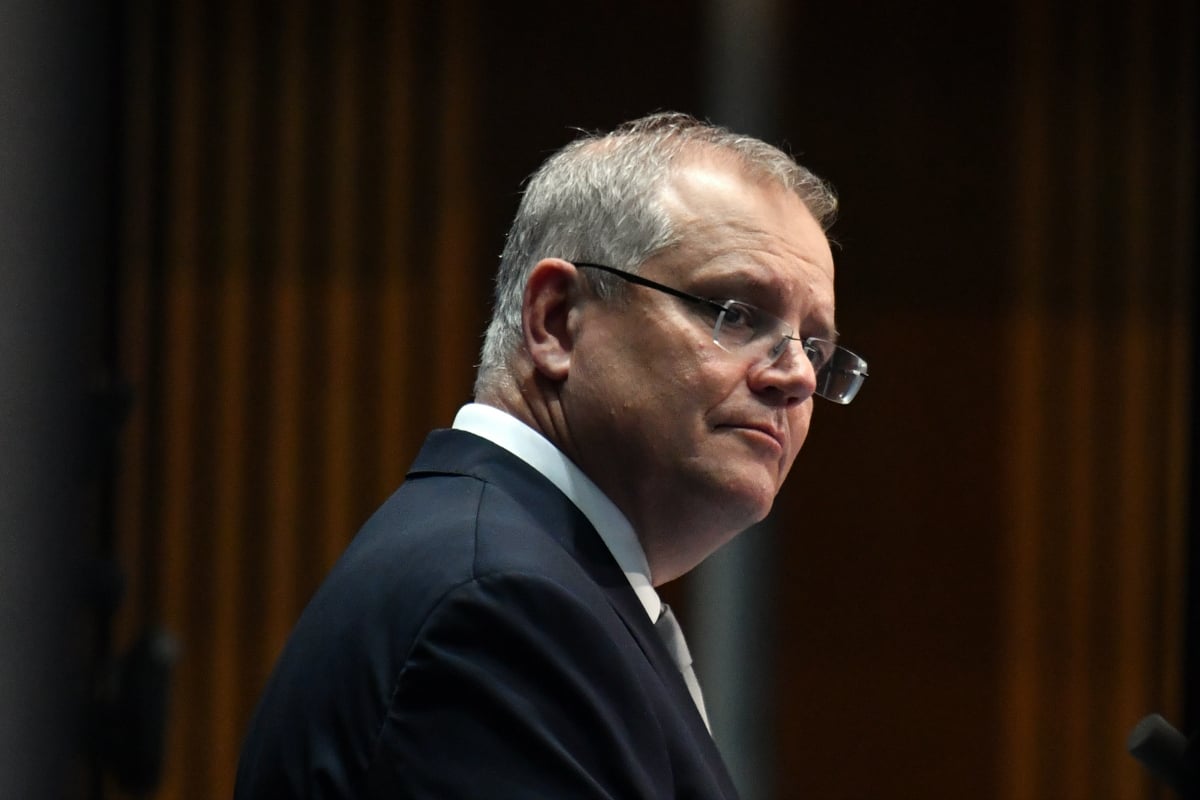
In a press conference on Thursday afternoon, Australian Prime Minister Scott Morrison said Australia is firmly in the “suppression phase” of its fight against COVID-19.
He noted that more than half of the people diagnosed with the virus in Australia have already overcome it, and that our all-important ‘reproduction rate’ is below one, which means each person who contacts the virus infects fewer than one person. That’s exactly what epidemiologists aim for in situations like these.





























































































